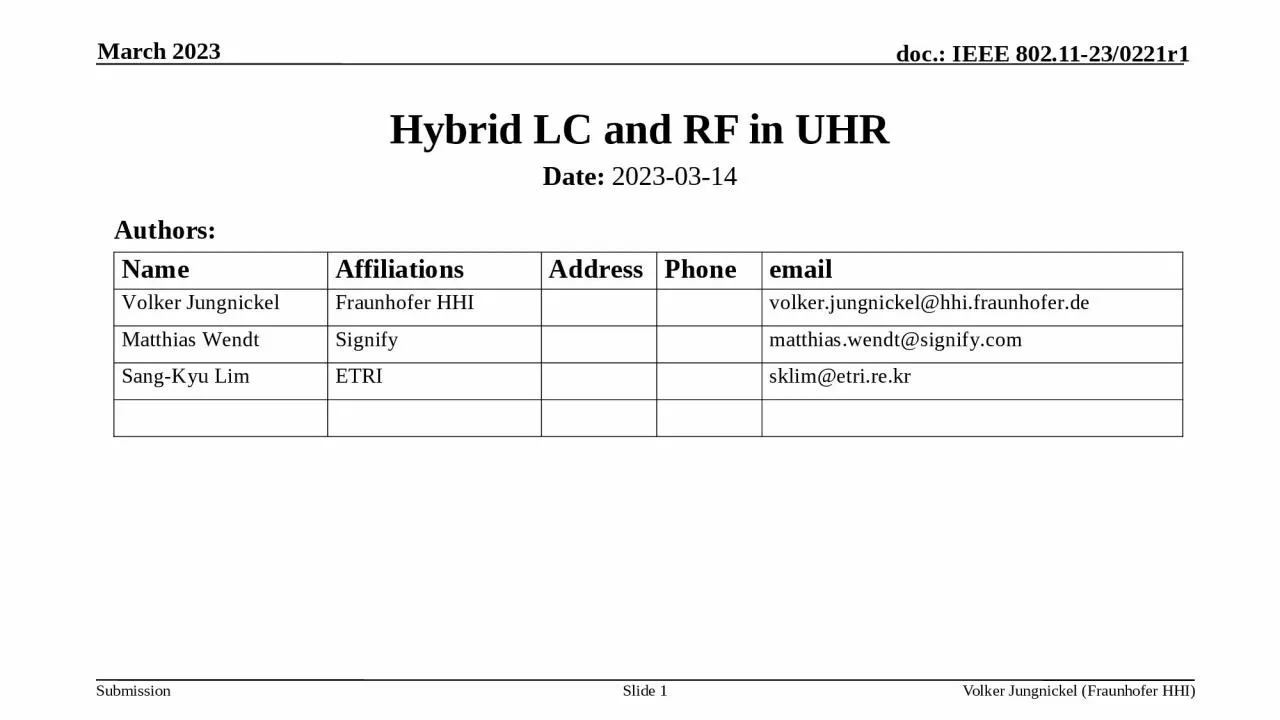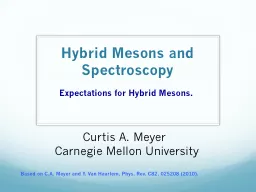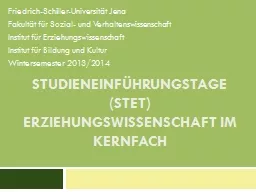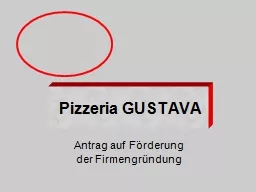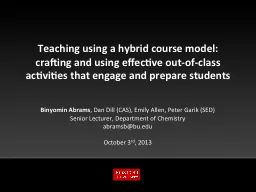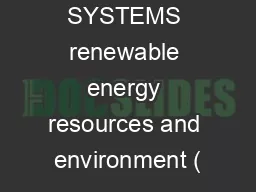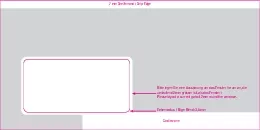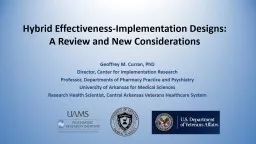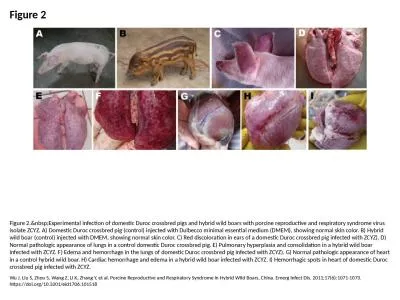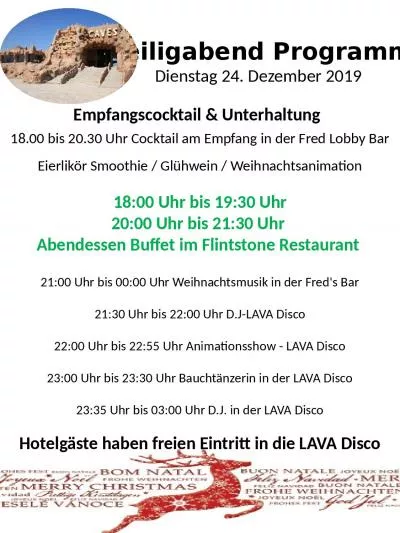PPT-Hybrid LC and RF in UHR Date:
Author : roy | Published Date : 2023-08-23
20230314 March 2023 Volker Jungnickel Fraunhofer HHI Slide 1 Authors Outline Introduction Multilink operation Light communications Analysis of 11be and 11bb
Presentation Embed Code
Download Presentation
Download Presentation The PPT/PDF document "Hybrid LC and RF in UHR Date:" is the property of its rightful owner. Permission is granted to download and print the materials on this website for personal, non-commercial use only, and to display it on your personal computer provided you do not modify the materials and that you retain all copyright notices contained in the materials. By downloading content from our website, you accept the terms of this agreement.
Hybrid LC and RF in UHR Date:: Transcript
Download Rules Of Document
"Hybrid LC and RF in UHR Date:"The content belongs to its owner. You may download and print it for personal use, without modification, and keep all copyright notices. By downloading, you agree to these terms.
Related Documents

